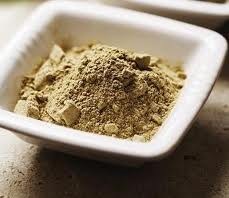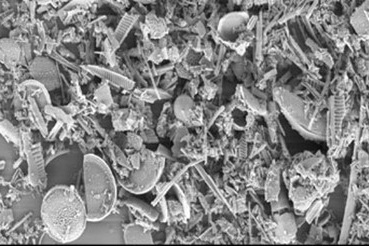Home / Research with students /
11/07/2016
Use of cosmetic products in the purification of wastewater
Scientific advisor: Szende Tonk, PhD, assistant professor
Student: Melinda Bálint
Heavy metals in soils, which derive from rocks and are dissolved from minerals, can contaminate waters directly and food by accumulation in plants. Wastewaters produced as a result of industrial activities, such as mining or mineral enrichment, can contain heavy metals (cadmium, lead, mercury) in harmful concentrations for human health. Cadmium is one of the most toxic heavy metals, exposing a high risk for the health of living organisms. Cadmium can accumulate in our organism as well, resulting in the malfunctioning of the bones, liver and kidneys. Therefore, in order to protect nature and human health, wastewaters must be purified by removing heavy metals and keeping their concentrations at least below the maximum admitted values, which are not yet dangerous for health.
Currently, there are several physical and chemical methods used for heavy metal decontamination of waters. Lately, biological methods, such as sorption and/or accumulation with the help of microorganisms, also received increased attention. At this point, there are few cases of industrial use of biosorption, but laboratory results are very promising with significant benefits both from economical and ecological point of view. The use of different sorbents in the process of heavy metal removal from wastewaters is a relatively new method.
During the study we examined the binding of Cd2+ ions through clay powder for cosmetic treatments as sorbent. This sorbent is commercialized by the firm Farmec S.A. under the name ASLAVITAL, having its origin in the Piatra-Craiului Mountains and a composition dominated by magnesium-aluminium-silicate. This type of cosmetic clay powder has a large specific surface area (20-750 m2/g), and the negative surface charge, its granular size distribution and ion exchange capacity significantly influence the adsorption process. The general conclusion is that cosmetic clay powder (with magnesium-aluminium-silicate dominance in its composition) is an efficient sorbent for the removal of heavy metals from wastewaters.












